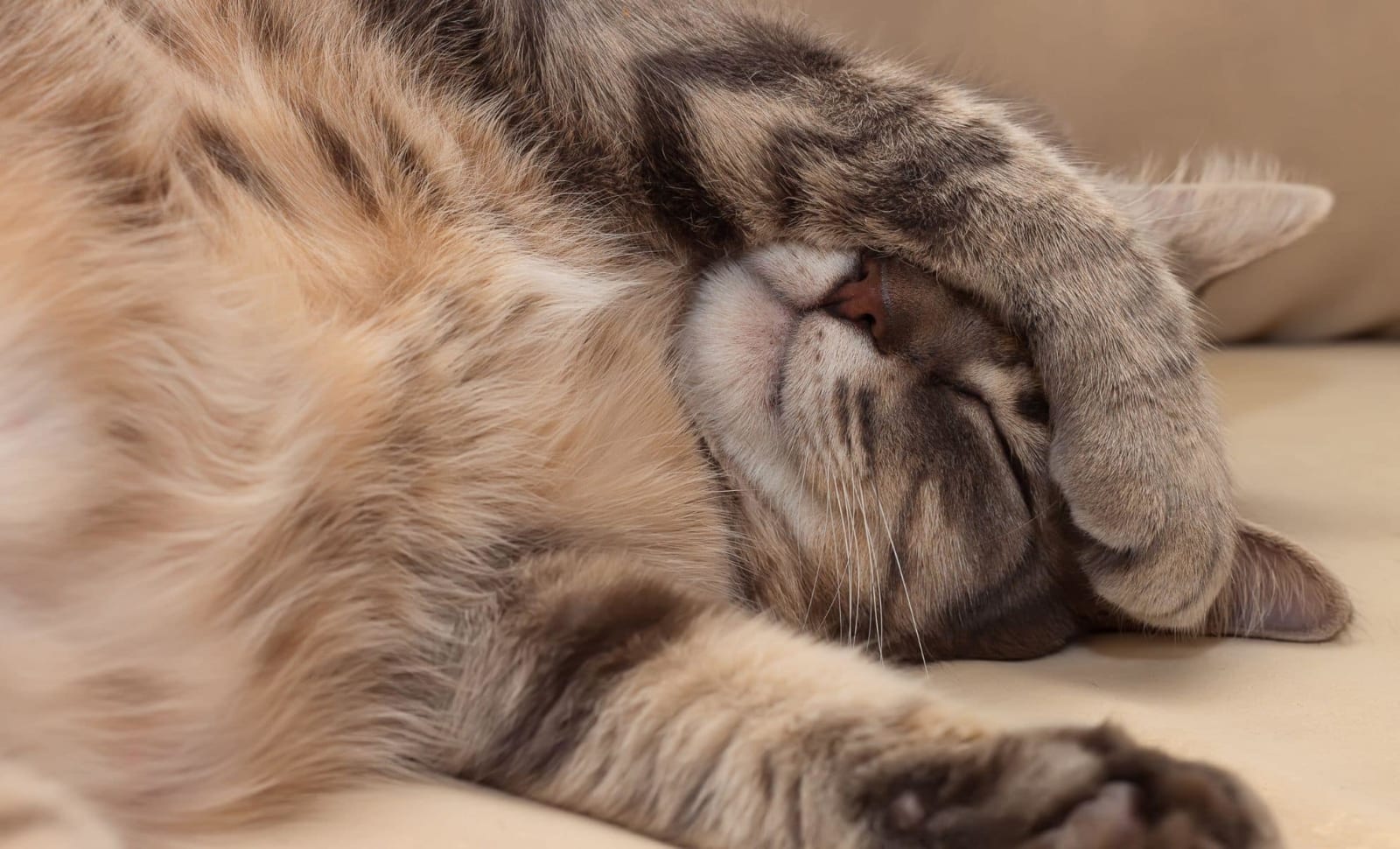Cats are known for their quirky habits, but one behavior might have a deeper evolutionary significance. According to a new study, cats overwhelmingly choose to sleep on their left side. This preference could offer them an unexpected advantage when it comes to survival. Researchers from several global institutions have uncovered fascinating insights into why this side-sleeping tendency may be more than just a comfort choice.
A Sleep Position with Purpose
Researchers from the
University of Bari Aldo Moro (Italy)
00507-X?
returnURL=https%3A%2F%2Flinkinghub.elsevier.com%2Fretrieve%2Fpii%2FS096098222500507X%3Fshowall%3Dtrue), Ruhr University Bochum, Medical School Hamburg, and other partners in Germany, Canada, Switzerland, and Turkey,
analyzed over 400 publicly available
YouTube videos of cats sleeping
_. The results were clear: around two-thirds of cats in the videos preferred to sleep on their left side. This pattern is more than just an amusing habit – it could serve a crucial survival function.
As explained by Dr. Sevim Isparta and Professor Onur Güntürkün, the specialists behind the study, “asymmetries in behavior can have advantages because both hemispheres of the brain specialize in different tasks.” This insight opens up an
entirely new perspective on feline behavior
.
Why Left-Side Sleeping May Be a Survival Strategy
Cats are vulnerable while they sleep, especially since they spend a significant portion of their day resting –
around 12 to 16 hours
. This lengthy sleep period, coupled with the fact that they often rest in elevated areas, makes them particularly sensitive to any threats in their environment. In this study, researchers aimed to investigate whether the side on which cats sleep could have an impact on their ability to respond to danger upon waking.
Sleeping on the left side might give cats a distinct advantage. When a cat sleeps on its left side, the information gathered by its left visual field is processed by the brain’s right hemisphere. The right hemisphere is specialized in tasks such as spatial awareness, processing threats, and coordinating fast escape movements. This means that when a cat wakes up, its
brain
is primed to detect danger, making it quicker and more efficient in responding to potential threats.
How the Study Was Conducted
The research team carefully analyzed 408 YouTube videos of cats sleeping in full view of the camera. Only unmodified, original videos were used to ensure the accuracy of the results. The researchers excluded any altered footage, such as flipped videos, to maintain the integrity of their findings.
The conclusion? A clear preference for sleeping on the left side, which supports the hypothesis that this behavior might be an adaptive trait shaped by evolutionary pressures.
The Brain’s Role in Survival
Understanding
why cats sleep on their left side
involves recognizing how brain asymmetry plays a role in animal behavior. The human brain, too, is divided into two hemispheres, each with specialized functions. In the case of cats, the right hemisphere processes visual input from the left side of their field of vision, which is linked to heightened spatial awareness and threat detection. By sleeping on their left side,
cats
may be positioning themselves to maximize their ability to perceive dangers as soon as they wake up, giving them the upper hand in situations where fast movement is crucial.
This research sheds light on the sophisticated mechanisms behind even the most seemingly mundane animal behaviors, suggesting that every aspect of an animal’s routine, from
sleep position
to alertness, could be a result of deep evolutionary adaptation.
Enjoyed this article?
Subscribe to our free newsletter
for engaging stories, exclusive content, and the latest news.
For more news like this, visit
.







